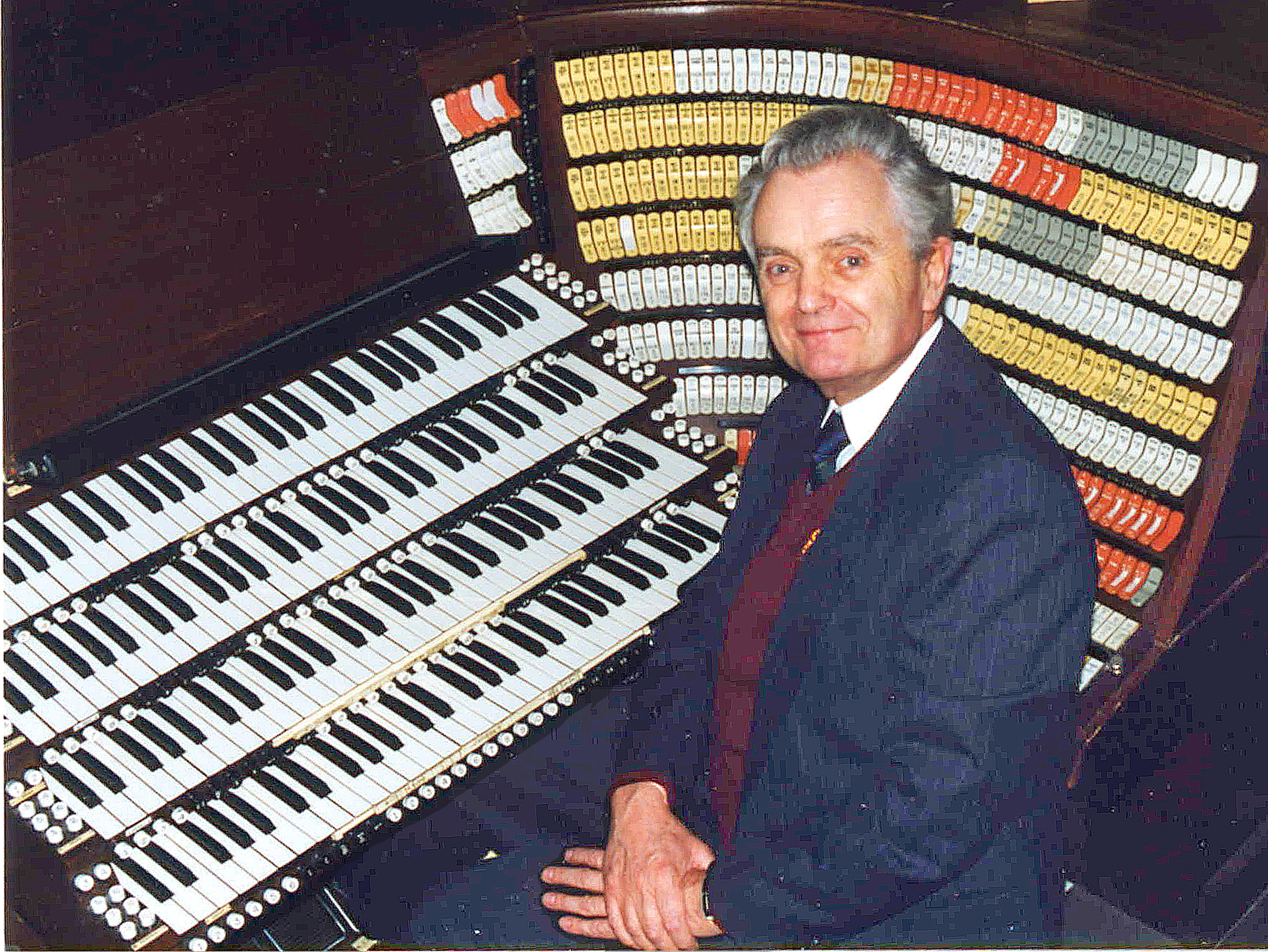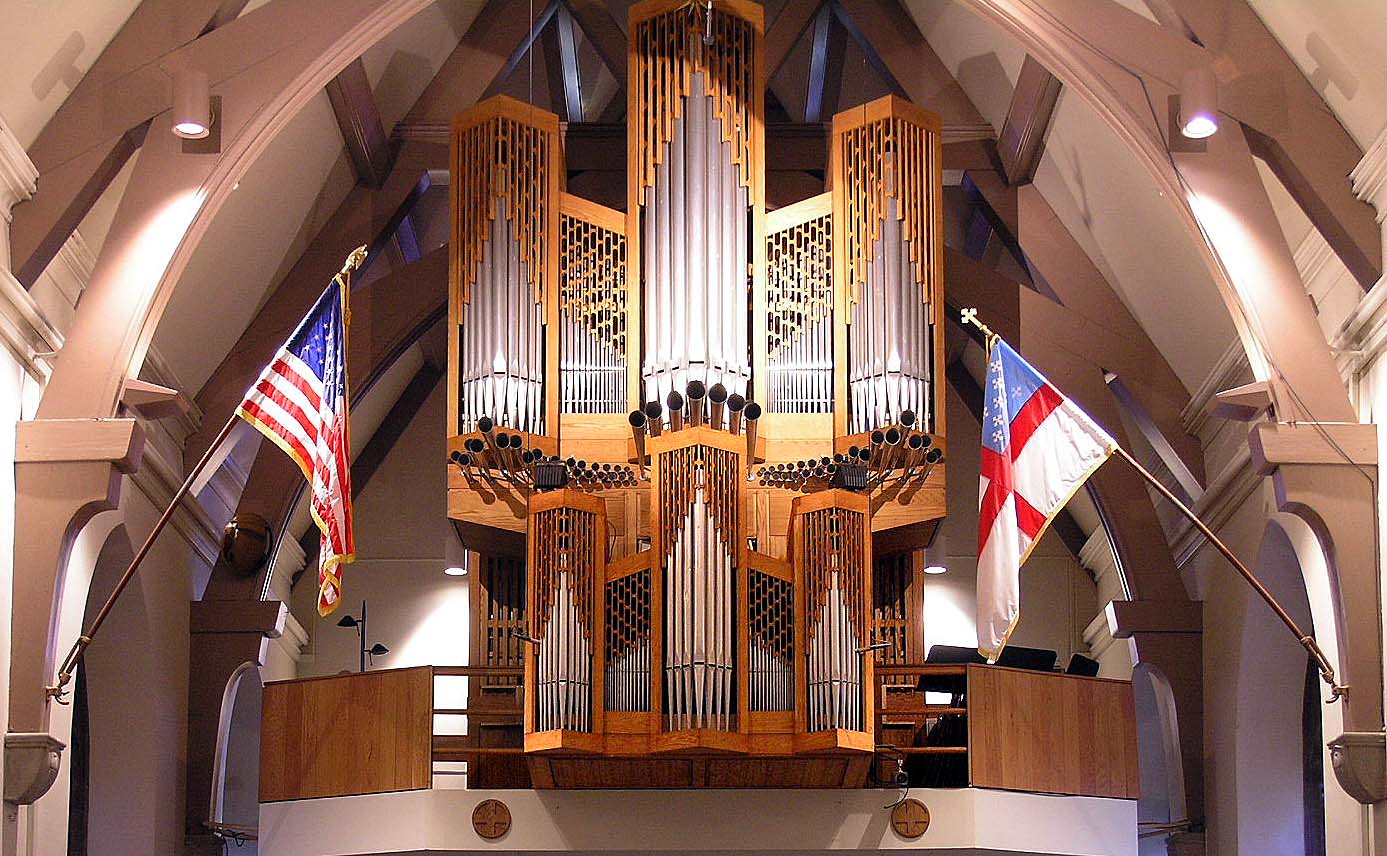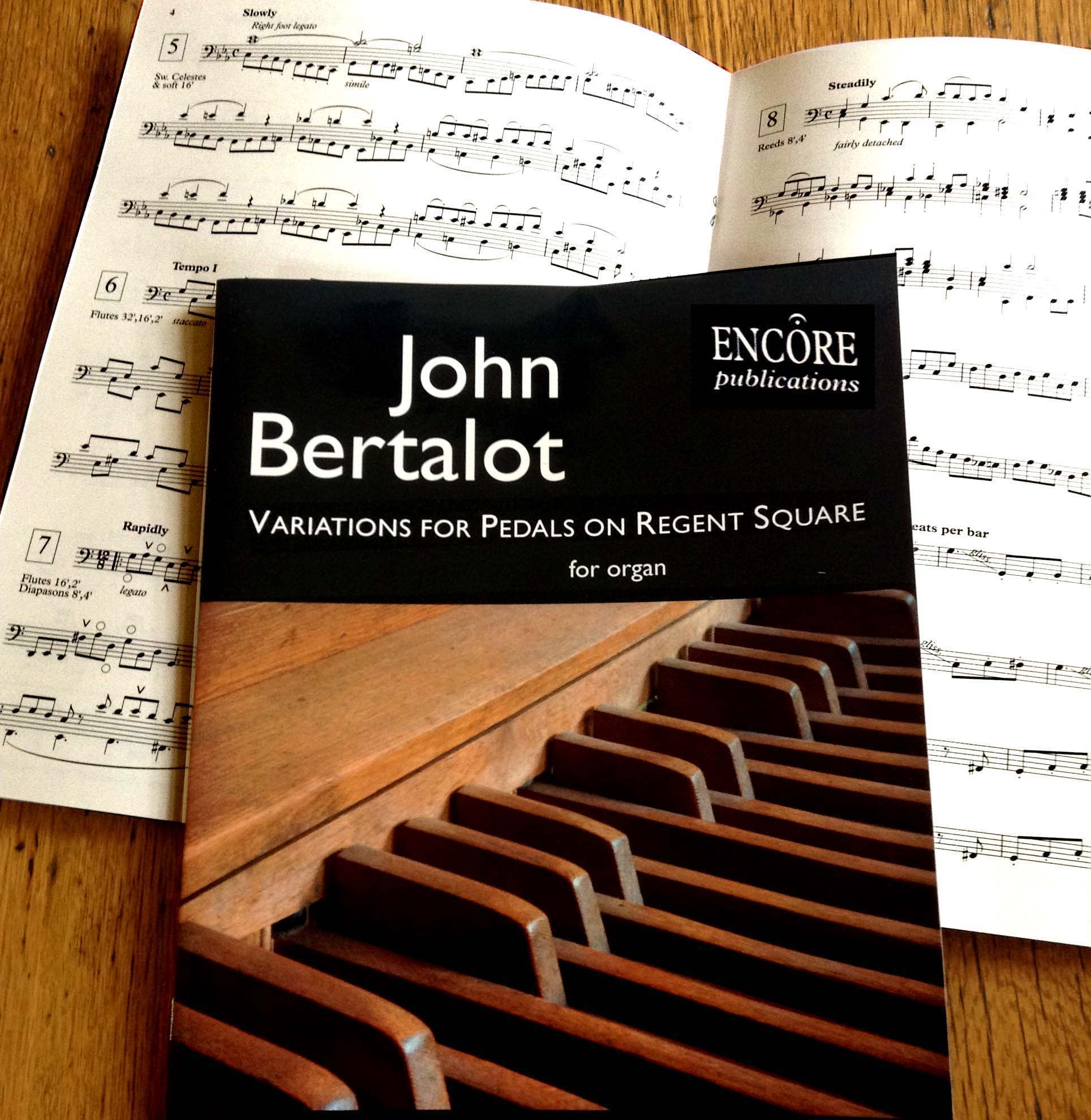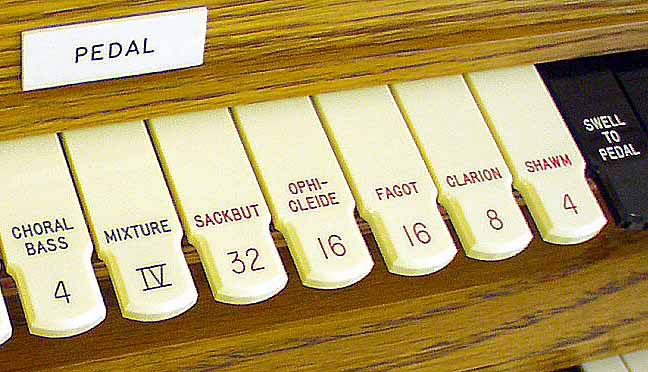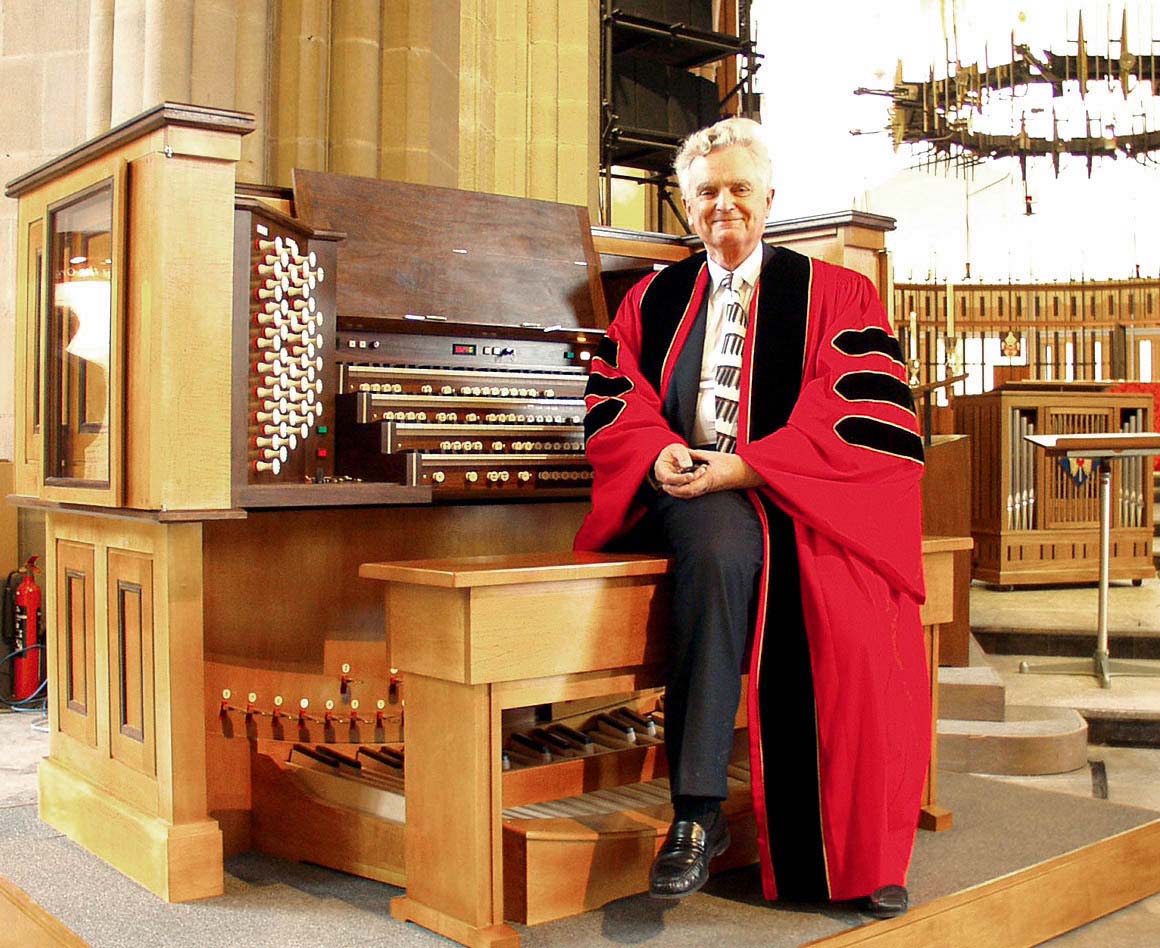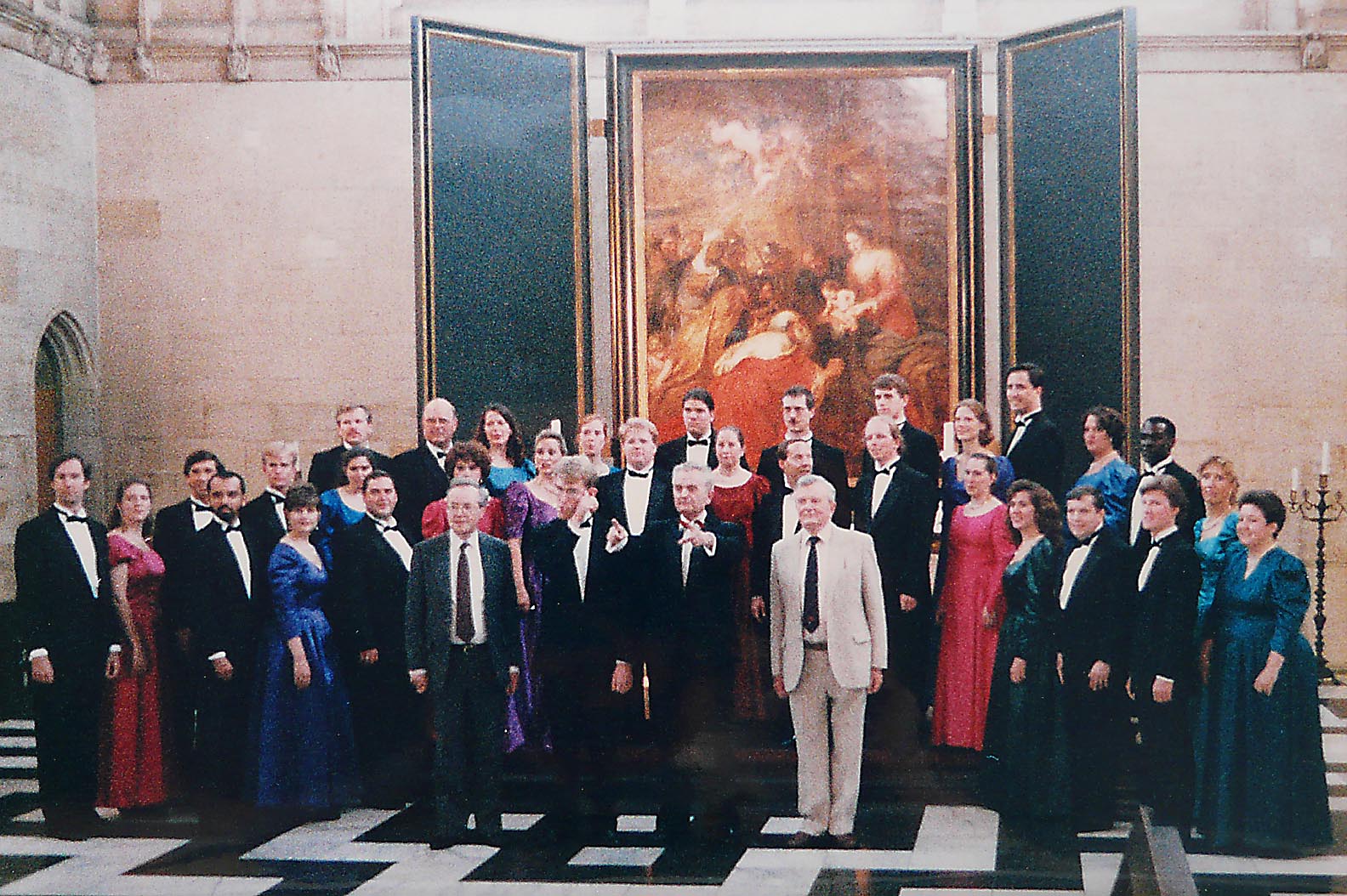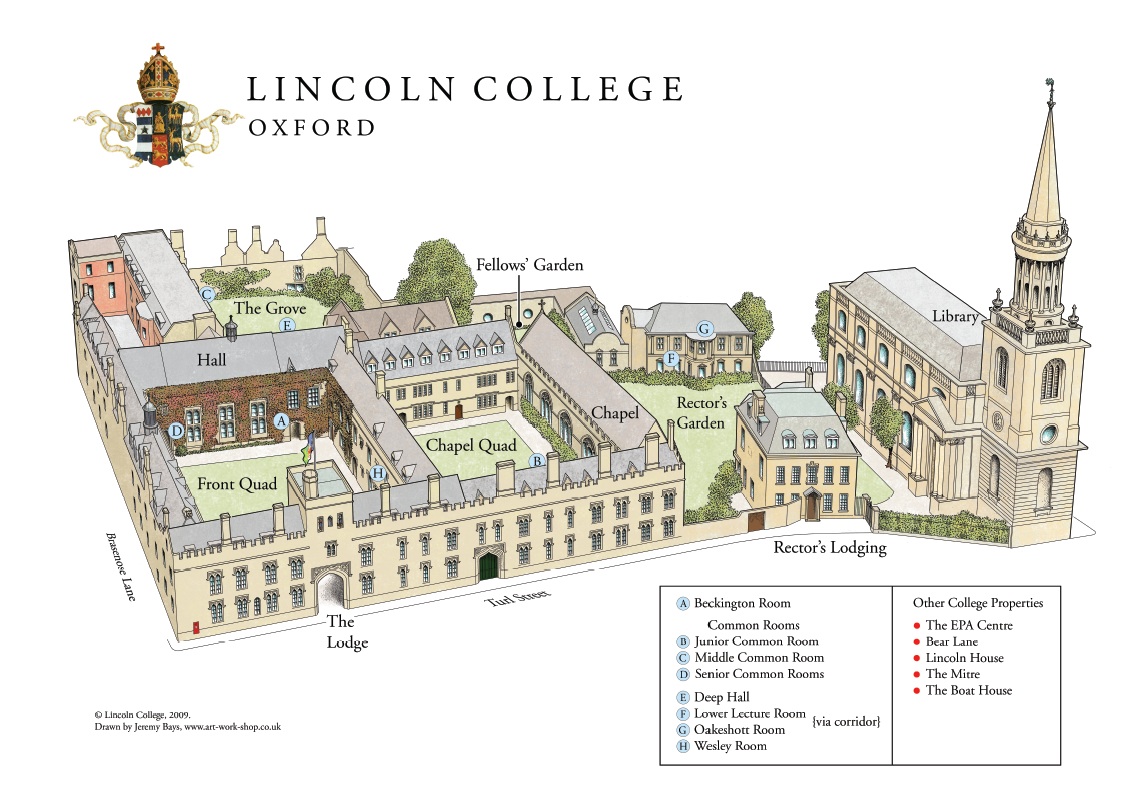How to transform your choir
and fill your stalls
with enthusiastic singers
4. Breathing

Dr. John Bertalot
Organist Emeritus, St. Matthew's Church, Northampton
Cathedral Organist Emeritus, Blackburn Cathedral, UK
Director of Music Emeritus, Trinity Episcopal Church, Princeton, NJ, USA
DOES YOUR CHOIR BREATHE WELL?
If there’s one fault above all others which many choirs share it is breathing twice too often. This is so common that it’s almost a law! It’s most noticeable in hymns; the classic example is, of course, ‘When other helpers (breath) fail and comforts flee’. If you watch your singers when they’re singing hymns you’ll notice that almost all of them breathe in the middle of a line of words, rather than at the end, where there’s usually a punctuation mark.
WHY?
Why do singers breathe so frequently? Three reasons:
- because they’re not thinking about the meaning of the words,
- because they’re not breathing correctly, and
- because the choirmaster hasn’t done anything to correct it.
SING THE MEANING AS WELL AS THE NOTES
Choirs should lead not only the congregational music, but also their understanding of the words they sing. For example, singers invariably take a breath in this hymn, which makes nonsense of the meaning of the text:
My God, I love thee; not (breath) because I hope for heaven thereby,
But even when incorrect breathing doesn’t injure the meaning of the text, the beauty of the musical line is broken:
As pants the hart (breath) for cooling streams
Be still and know (breath) that I am God
On the other hand, some singers may faithfully sing one line of a hymn in one breath, but if no notice is taken of punctuation this can also make nonsense of the text:
Thy kingdom come, on bended knee (breath)
Keep thou my feet, I do not ask to see (breath)
We plough the fields, and scatter (breath)
SHOW THEM HOW
What can you, the choirmaster, do to correct this tendency to breathe twice too often? Your singers need to know how they should breathe. When you ask them to take a deep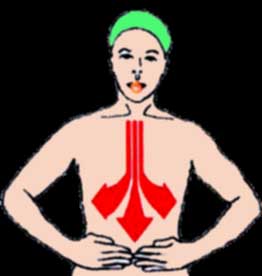 breath almost all of them will raise their chests and shoulders. This, of course, is what they should not do. Try it, then show them how to fill themselves up with air deep down – using their diaphragms – rather like pouring water into a hot water bottle. Have them put their hands on their tummies so that they can feel the air filling them from down below.
breath almost all of them will raise their chests and shoulders. This, of course, is what they should not do. Try it, then show them how to fill themselves up with air deep down – using their diaphragms – rather like pouring water into a hot water bottle. Have them put their hands on their tummies so that they can feel the air filling them from down below.
Some singers will be able to do this immediately, but others may pull in their tummies when they breathe. So ask them to practise deep breathing when they’re at home. They should lie flat on the floor with their hands on their tummies (diaphragms), and breathe in and out. They’ll find that when inhaling their tummies will rise, but not their shoulders. When they’ve done this several times they should try to do it standing up. This is more difficult, but they’ll know what to aim for at your next rehearsal. Try it yourself so that you know from personal experience what your singers should do.
YOU CAN’T SING WELL WITHOUT BREATHING WELL!
Good breathing is fundamental to good singing. An organ may have superb pipework but unless the wind supply is plentiful and steady the tone will suffer. It’s the same with singers. You’ll need to address this several times at every rehearsal. “Are you breathing deeply enough to be able to sing that long phrase? Let’s practise taking a few deep breaths and try it again.”
But how are you going to get your singers, whether they be children or adults, to breathe correctly on Sunday? If you tell them at their rehearsal where they shouldn’t breathe they won’t remember – for singers only remember 20 per cent of what you tell them. Instead, ask them where they should, or should not breathe, and then ask them to do what they told you.
GET THEM TO TELL YOU!
For example, in Abide with me, after they’ve sung the third line of the first verse incorrectly, ask them, “Where shouldn’t you breathe in that line?” “After helpers.” “Where did  you breathe?” Same answer! “So, where should you breathe?” “After fail.” “Let’s do it.” And even after they’ve given you the right answer, some singers will still breathe in the wrong place because they weren’t thinking. So ask them, “Did everyone sing that right?” “No!” “Let’s do it again.” Almost all your singers will get it right this time, but not everyone. Ask them once more to tell you where they should and should not breathe, and then ask them to sing it for a third time. Challenge them with a smile on your face, for they want to sing well for you. That’s why they joined your choir.
you breathe?” Same answer! “So, where should you breathe?” “After fail.” “Let’s do it.” And even after they’ve given you the right answer, some singers will still breathe in the wrong place because they weren’t thinking. So ask them, “Did everyone sing that right?” “No!” “Let’s do it again.” Almost all your singers will get it right this time, but not everyone. Ask them once more to tell you where they should and should not breathe, and then ask them to sing it for a third time. Challenge them with a smile on your face, for they want to sing well for you. That’s why they joined your choir.
It’s helpful to make a slight crescendo through a word when a breath shouldn’t be taken. When singing, As pants the hart for cooling streams, crescendo on hart right towards the first syllable of cooling. And crescendo from see to the first syllable of distant, when singing, Keep thou my feet, (breath) I do not ask to see the distant scene.
UNACCOMPANIED?
You do rehearse hymns unaccompanied, don’t you? If you lead your singers from the organ or piano they won’t have to think, because you’re doing the thinking for them. It is they who have to make more effort, not you. Once your singers begin to think for themselves, and once they realize that breathing in the right place is important to you, and that the sense of the words is central to all that they do, you’ll find that they will sing increasingly intelligently. As the message of the text inspired composers to create the music, so let the meaning of the words be as important to you and to your choir as the beauty of the music. What is important to you will become important to your singers.
Intelligent breathing applies also to the singing of anthems. Here again, your choristers will tend to breathe twice too often unless you do something about it. I’ve found that the following formula works well for all my choirs:
- Where shouldn’t you breathe?
- Where did you breathe? (The same answer!)
- Where should you breathe?
- Let’s try it.
- Was everyone right? (No!)
- Let’s do it again . . . That’s nearly right.
- Sing it once more so that everyone can get it right.
- Well done!
Try it!
© John Bertalot, Blackburn 2013


